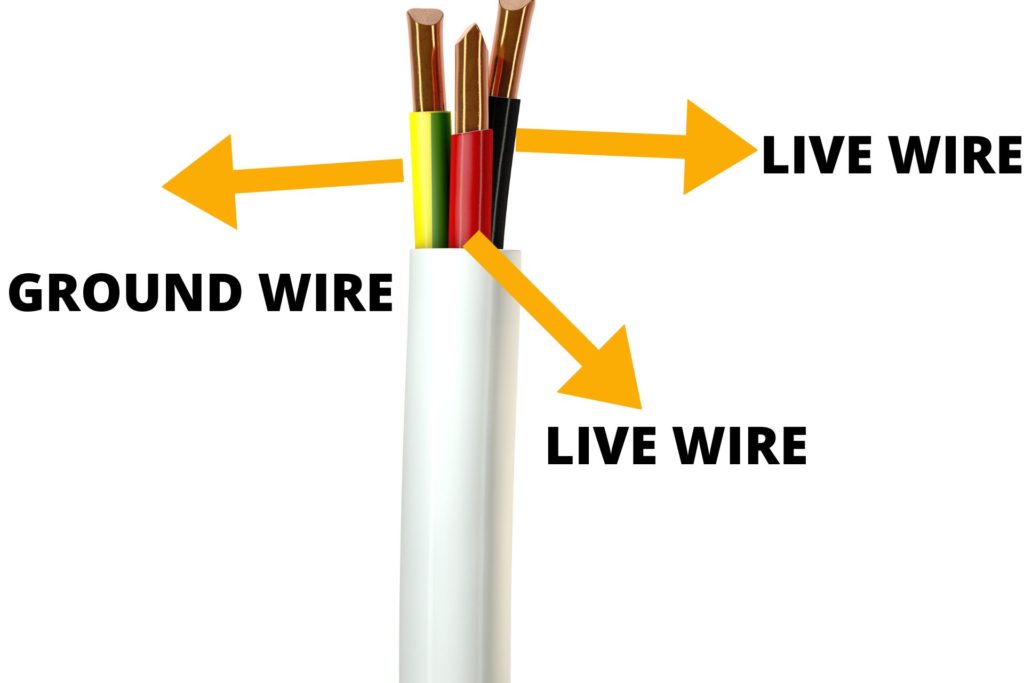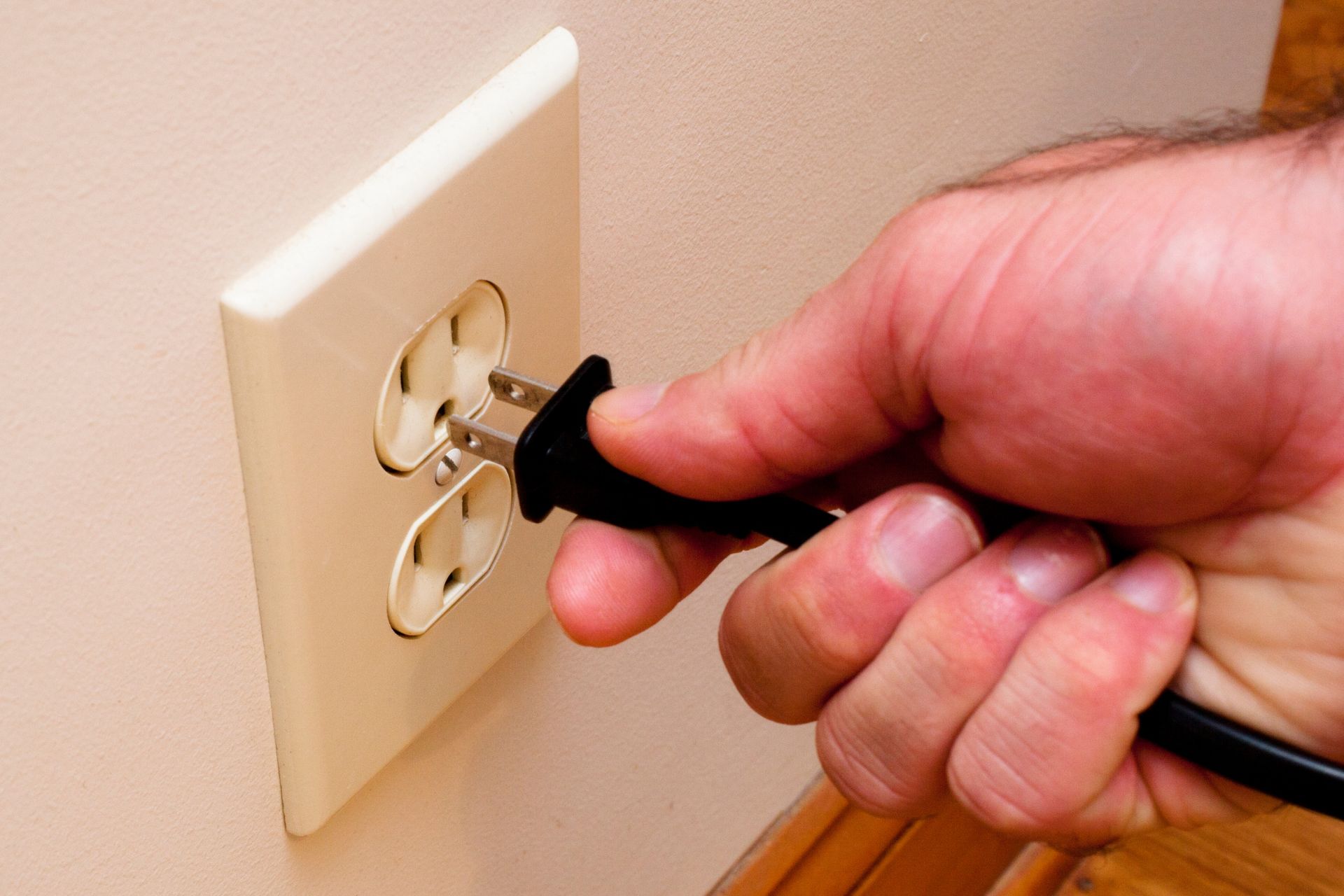Neutral wire plays a significant role in the operations of a circuit. The live wire takes the current out of the power source to the connected device. But you can’t complete the circuit unless another wire takes that current back to the source. That wire is the neutral. People think the hot wire is the most important conductor. But you cannot use the circuit without the neutral. It is a vital aspect of your electrical system.
Why Does 240V Have No Neutral?
240V circuits do not require a neutral because, in the 120V system, one hot wire carries 120 volts. But in a 240V system, both cables are live. They will bring 120V of current.

That description is not a contradiction. It is accurate because 240V circuits have two insulated wires with a live current and one bare grounding line. The third wire is not neutral. 240V circuits do not require a neutral.
Therefore, if you see a diagram with two black wires and one green conductor, don’t be so quick to criticize the diagram for being erroneous. Those 3-wire circuits are common in homes with appliances like baseboard heaters that use pure 240V circuits.
But what about 240V circuits with neutrals? You may conclude that the explanation above is wrong because your house has a 240V circuit with a neutral.
But before you dismiss the idea of 240V circuits that don’t have neutrals, take a moment to study your 240V circuit. The explanation above applies to pure 240V circuits.
Is your circuit purely 240 volts, or do you have 120/240 volts? These two circuits are different.
One example is a stove with a timer that runs on 120V. And yet, it has heating elements that use 240V. That stove needs a 120/240V circuit. How does that differ from a pure 240V circuit?
As you may have guessed, 120/240V has four wires. On top of the two black wires and one ground wire, you also have a neutral.
How Does 240V Work With No Neutral?
240V circuits only require a neutral if they have 120V loads. Otherwise, the neutral doesn’t serve a purpose.
The grounding is mandatory because it provides protection. An example is a clothes dryer with a motor that runs on 120 volts and heating elements that use 240V.
The load is connected across both hot legs, and as such, the neutral is unnecessary.
You have a balanced current. The circuit doesn’t have any imbalances for the neutral to address. Some people make comparisons to battery-powered devices like remotes. A remote has no interest in the neutral.
What Happens If There Is No Neutral? Is It Dangerous?
The absence of a neutral wire in a conventional 120V circuit is problematic. After all, the neutral conductor completes the circuit by returning the current to the panel.
Some homes have open neutrals. The term refers to a situation where the neutral wire breaks or disconnects. Open neutrals are dangerous because the current will continue to flow from the source through the live wire to the appliance.
But it can’t return to the panel. The consequences will vary. If you don’t have a neutral wire, your devices will refuse to work. Additionally, hunker expects open neutrals to introduce a shock hazard.
Don’t be surprised if the lights get so bright that they burn out. If you don’t have a connected neutral between the panel and line transformer, the electricity flowing through one hot leg will find a home in the other hot leg because it doesn’t have a return path.
Some of the current will also flow to the ground. The result is obvious. First, all the circuits will become 240V. Secondly, the loads on the hot legs will affect one another because the hot legs are connected. Don’t be surprised if a fire starts because of overheating in the attached appliances.
Open neutrals are not that difficult to identify. Just check the outlets. You will detect a current even though the outlets don’t work.
This assumes that you have an open neutral. Again, an open neutral occurs when the neutral breaks or disconnects. But what if your house doesn’t have neutral wires?
This question sounds absurd. But it looks like neutral wires are not a guarantee for houses built before the 1980s.
Some older homes have neutral wires in some rooms but not others. However, this is not necessarily a cause for concern. As was noted above, 240V systems do not require neutral wires.
They rely on hot and grounding conductors. Infinispark has revealed as much. They have explored the workings of 3 phase loads such as water heaters. You have the same resistance in each phase. You will also record the same voltage across each phase, not to mention the same current.
Three-phase systems are unlike single-phase systems that provide a return path via the neutral wire.
You have a consistent power factor. Neutral wires don’t serve any purpose when you have a balanced load.
This won’t make sense to laypeople, and it doesn’t have to. You don’t have to understand the workings of 120V and 240V systems to use them. Your only task is to find a competent contractor to wire your appliances.
A licensed electrician knows when to add a neutral wire and when to leave it out. And if you notice troubling signs, such as flickering lights and arcing, call the professional. They can resolve the issue.
When Is A Neutral Wire Required?
You need a neutral wire in single-phase circuits. You also need the neutral wire in unbalanced 3-phase systems. You need a closed circuit for the current to flow.
The live wire kicks things off by bringing the current to the appliance. The neutral wire ends things by sending that current back to the busbar in the main panel.
People underestimate neutral wires. They think these conductors are safe, but that is not true because the lines carry the electricity the live wire brought from the power source.
This is why bad things happen when the live and neutral lines connect. This is also the reason why neutral wires cause trouble when you link them to the ground.
Some of the current flowing through the neutral will divert to the ground, energizing the conductor and making any attached devices with metallic cases a threat.
You can’t even trust the breaker to trip in response to an overload because only a portion of the current returns to the main panel through the neutral. The rest passes through the ground, creating two return paths.
This goes to show you the importance of the neutral wire. Circuits won’t work without them because they are incomplete. And if you mishandle the neutral by connecting it to the ground or hot lines, you may start a fire.
You can only ignore neutral wires when you have a pure 240V circuit. 120/240V circuits require neutrals. With a pure 240V circuit, you have a balanced load, consistent power factor, and the same current in each line.

